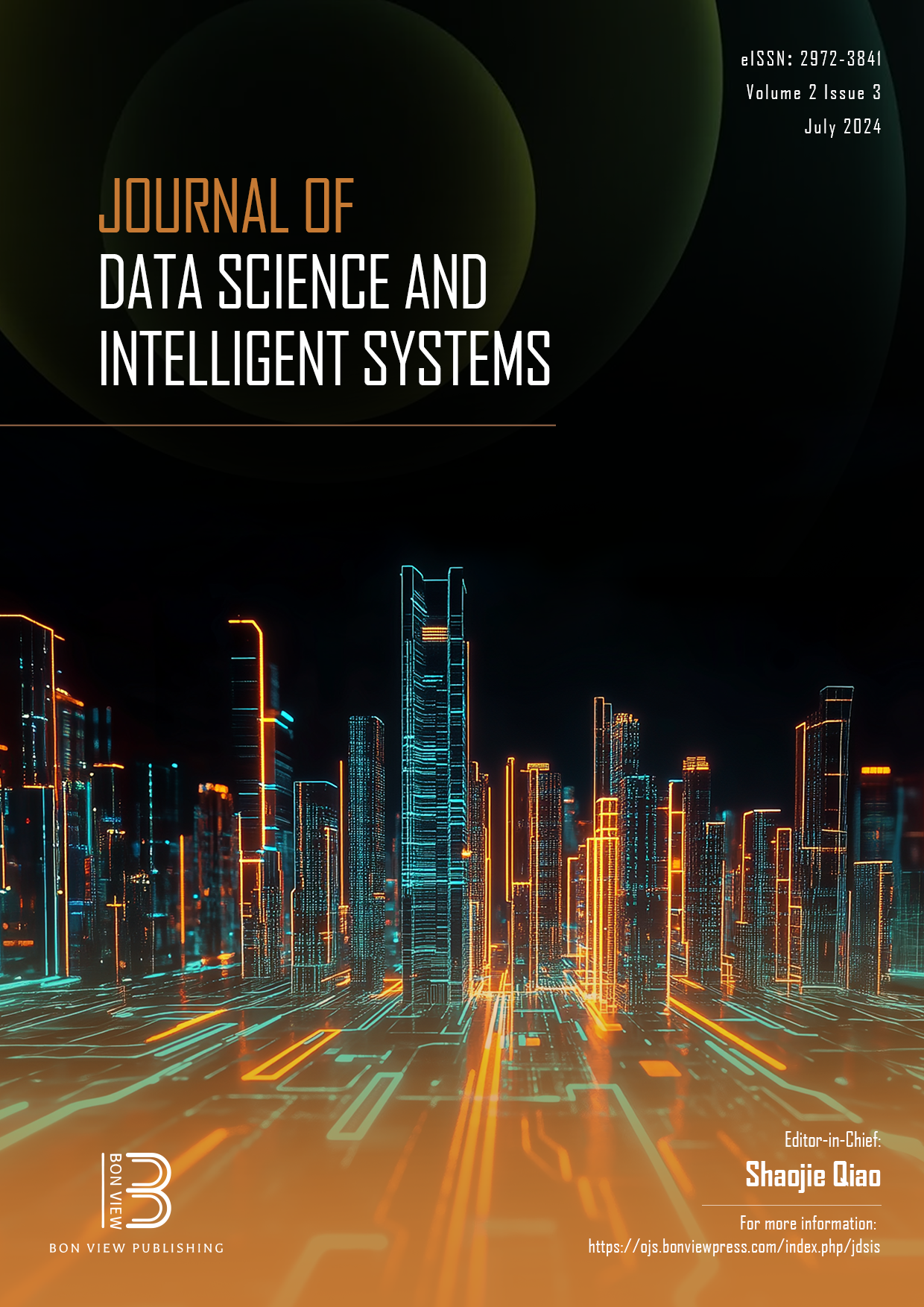Dynamic Neural Network Architecture Design for Predicting Remaining Useful Life of Dynamic Processes
DOI:
https://doi.org/10.47852/bonviewJDSIS3202967Keywords:
health monitoring, remaining useful life, deep learning, regression model, aero-engine data setAbstract
The prediction of remaining useful life is critical in predictive health management. This is done to reduce the expenses associated with operation and maintenance by avoiding errors and failures in dynamic processes. Recently, the abilities of feature classification and automated extraction of neural networks in its convolutional forms have shown fascinating performance when used for estimating the remaining useful life of dynamic processes using deep learning structures. This was accomplished by putting these talents to the task of predicting how long the procedures would be beneficial. Existing network topologies, on the other hand, virtually entirely extract features at a single scale while neglecting important information at other sizes. Meanwhile, because of the architecture of a single network path, the comprehensiveness of the features discovered by these tools is limited. To address these concerns, the authors propose a network structure based on a feature fusion strategy on a parallel multiscale architecture. This structure is then utilized to compute the remaining useful life. This prototype is divided into two sections: the first is a multiscale feature extraction module designed to extract local information features, and the second is a causal convolution module designed to extract global information features by combining multi-layer causal convolution with average pooling. The multiscale feature extraction module is intended for the extraction of local information features, while the causal convolution module is intended for the extraction of global information features. Finally, the two distinct paths are joined to create a fully integrated layer. The simulations and results show that this method has the potential to improve the efficiency and accuracy of estimating the remaining useful life index. Furthermore, the advantages of the established strategy are shown by comparing the results obtained with those produced by applying cutting-edge techniques on a well-known data-set depicting a simulated turbofan engine.
Received: 15 April 2023 | Revised: 26 June 2023 | Accepted: 26 July 2023
Conflicts of Interest
The authors declare that they have no conflicts of interest to this work.
Data Availability Statement
Data available on request from the corresponding author upon reasonable request.
Downloads
Published
Issue
Section
License
Copyright (c) 2023 Authors

This work is licensed under a Creative Commons Attribution 4.0 International License.


